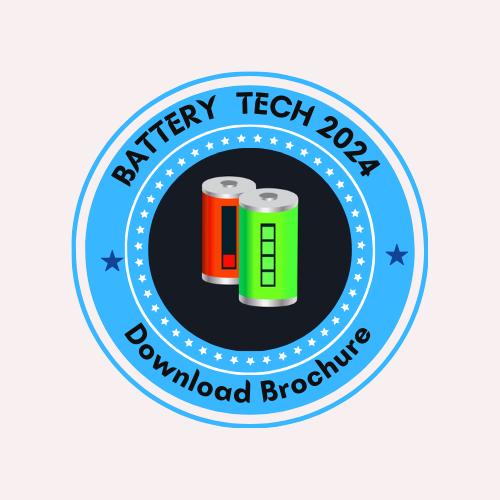Secondary Cell Batteries
Secondary batteries, also known as secondary cells, or rechargeable batteries, must be charged before first use; they are usually assembled with active materials in the discharged state. Rechargeable batteries are (re)charged by applying electric current, which reverses the chemical reactions that occur during discharge/use. Devices to supply the appropriate current are called chargers. The oldest form of rechargeable battery is the lead–acid battery. This technology contains liquid electrolyte in an unsealed container, requiring that the battery be kept upright and the area be well ventilated to ensure safe dispersal of the hydrogen gas it produces during overcharging. The lead–acid battery is relatively heavy for the amount of electrical energy it can supply. Its low manufacturing cost and its high surge current levels make it common where its capacity (over approximately 10 Ah) is more important than weight and handling issues.
- Redox flow battery
- Lead-acid battery
- Lithium Ion battery
- Lithium air battery
- Magnesium Ion battery
- Nickel–cadmium battery
- Nickel–zinc battery
- Nickel metal hydride battery
- Polymer-based battery
- Rechargeable alkaline battery
- Silver calcium battery
- Sodium-ion battery
- Sodium–sulfur battery
- Ultra battery
Related Conference of Secondary Cell Batteries
7th International Conference on Artificial Intelligence, Machine Learning and Robotics
10th World Congress on Computer Science, Machine Learning and Big Data
10th International Conference and Expo on Computer Graphics & Animation
Secondary Cell Batteries Conference Speakers
Recommended Sessions
- Applications of Batteries
- Applications of Fuel cells
- Aspects of Battery
- Batteries in Renewable Sources and Grid Balancing
- Classifications of Fuel Cell
- Design and Technology of Batteries
- Global Outlook of Fuel Cell
- Latest Developments in Batteries
- Nanotechnology in Advance Batteries
- Operation Problems in Batteries
- Primary Cell Batteries
- Recent Advancements in Fuel Cell Technology
- Secondary Cell Batteries
- Super capacitors vs. Battery
- Various Energy Materials


